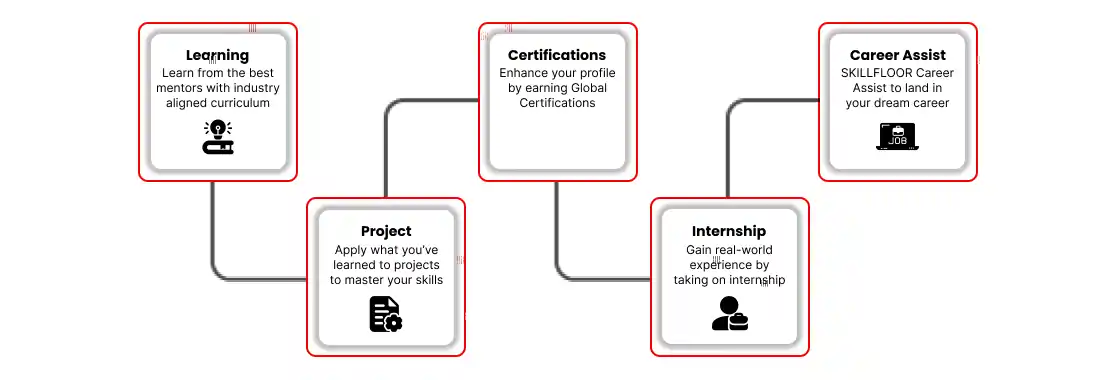Business Finance Associate
SF-FA-BFIE-2311
-

-
(264 Reviews)
- Essential financial skills: Learn to analyze financial statements, manage budgets, and make informed investment decisions.
- Career opportunities: Gain expertise sought after by employers in finance, accounting, consulting, and more.
- Secure valuable internships: Build real-world experience through one-month internships with leading companies and financial institutions.







